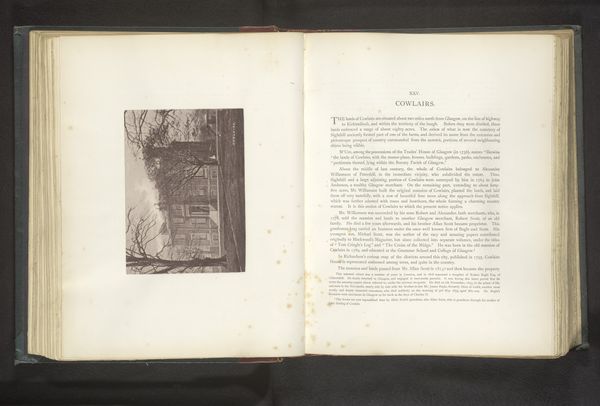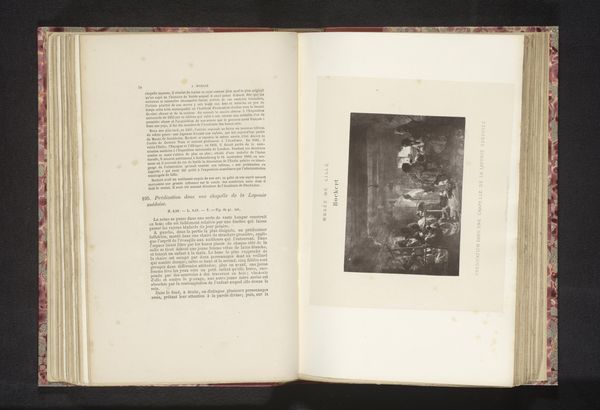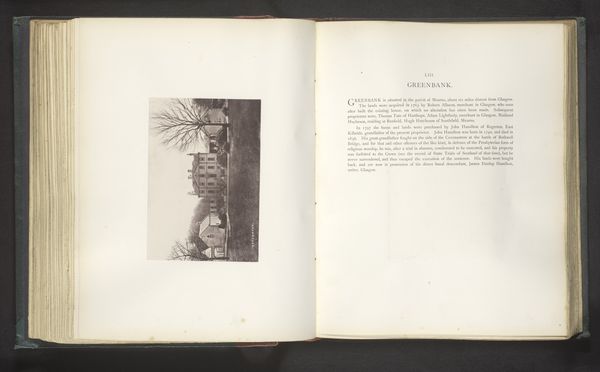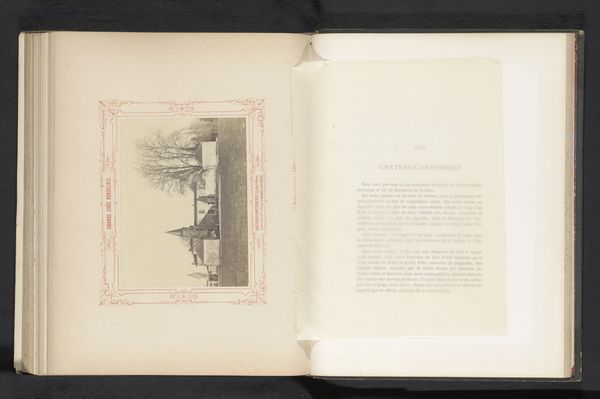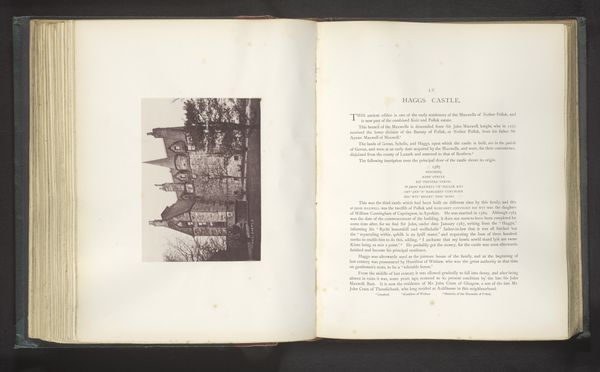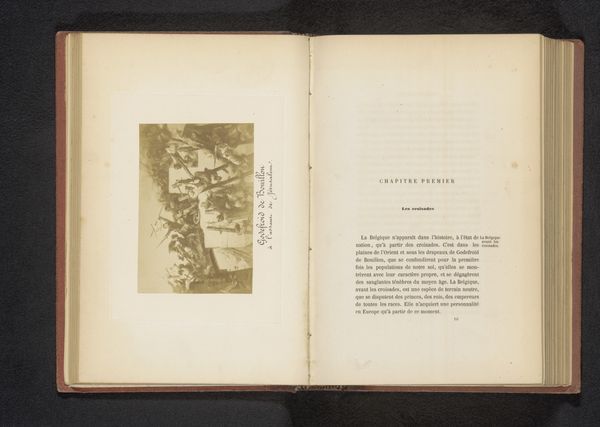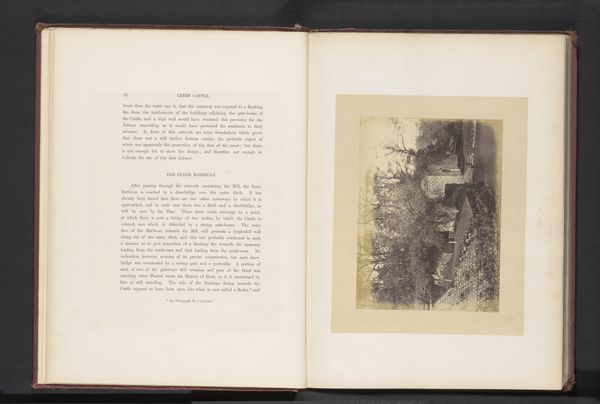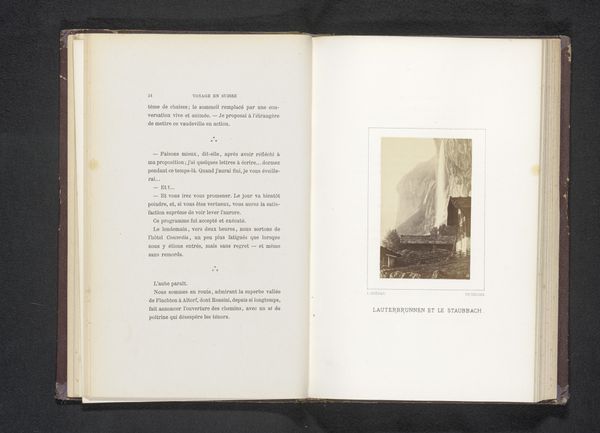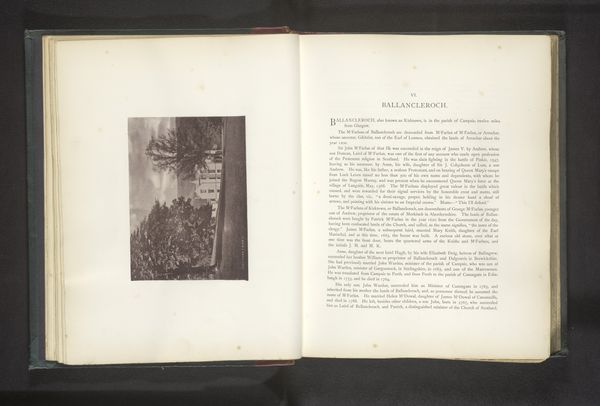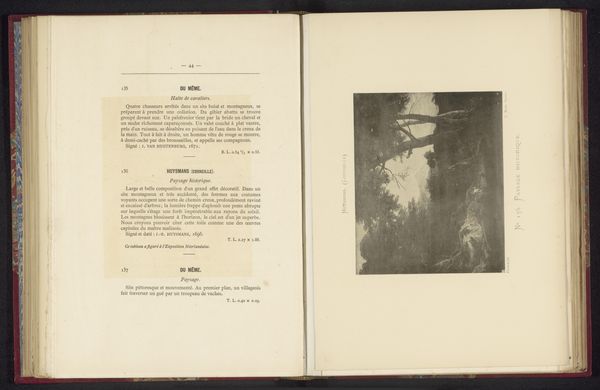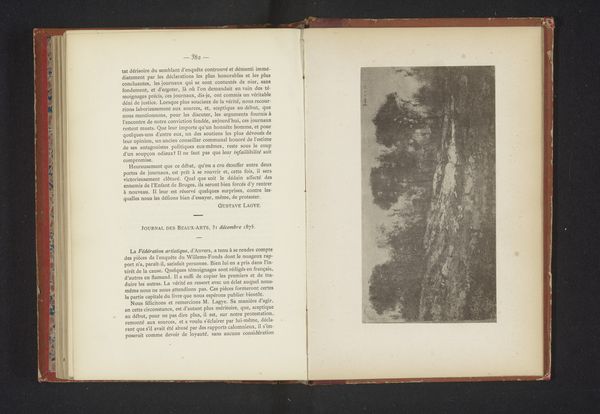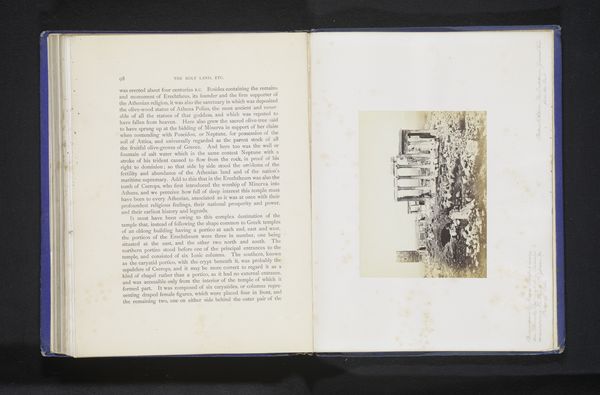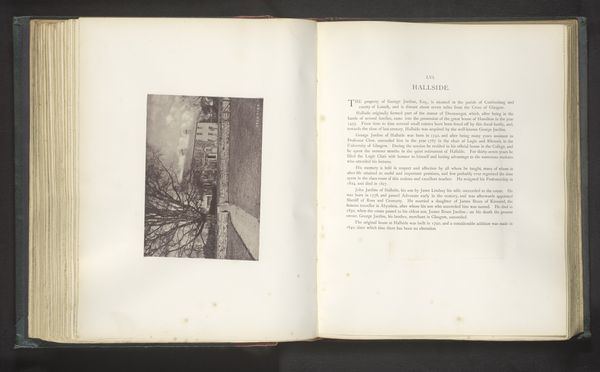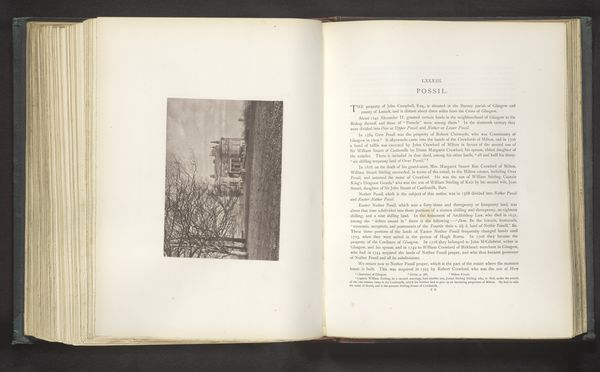
Reproductie van een schilderij van een zeeslag door Willem van de Velde before 1878
0:00
0:00
Dimensions: height 115 mm, width 154 mm
Copyright: Rijks Museum: Open Domain
Curator: Here we have a reproduction, rendered as an engraving, of a sea battle scene originally painted by Willem van de Velde, likely before 1878. It's a dynamic composition, isn’t it? Editor: Indeed! My first impression is a rather brooding, almost melancholic piece, despite the implied action. The tones are quite muted. And given the choice to capture a painting via engraving, a level of graphic exactitude comes to the fore, allowing all the finer points of war to exist, but at a visual remove, mediated through tonal control. Curator: Van de Velde was a master of maritime painting. Scenes like these often served not merely as depictions of naval conflict, but as potent symbols of Dutch power, exploration, and dominance on the seas during the Golden Age. These weren't just battles; they were expressions of national identity and aspirations. Editor: The composition cleverly uses depth—the towering ships dominate, receding slightly towards a hazy background. This is rather different than Van de Velde’s contemporaries. Look closely, and you see a delicate balance between detailed ship structures and ethereal, smoky skies, achieved through a real understanding of the properties afforded by the burin and steel of the engraver’s tools. Curator: Think of the ships themselves – they're symbols. Warships are essentially mobile fortresses, filled with cannons, representing tangible might, yet juxtaposed against the unpredictable and sometimes violent forces of nature embodied by the sea. The contrast reveals humanity's ambitions and its precarious place in the world. It also underscores the idea of Dutch naval technology as a response to the uncontrollable tides of global events. Editor: I find the symbolism of the billowing sails compelling—visually anchoring this entire tumultuous drama. The dark rendering, through these densely arranged lines, evokes a particular somberness; a fitting aesthetic register to capture scenes of naval battles, as moments when so much hangs in the balance between victory and tragedy. It highlights how visual encoding allows even what is “lost in translation”—here the move between painting and engraving— to achieve aesthetic power, capturing history as a somber lesson. Curator: Precisely. Ultimately, this image brings together powerful motifs to reflect both national identity and human endeavor. Editor: Absolutely, a compelling image not merely of battles but of historical moments, mediated across various visual registers, laden with aesthetic import.
Comments
No comments
Be the first to comment and join the conversation on the ultimate creative platform.
